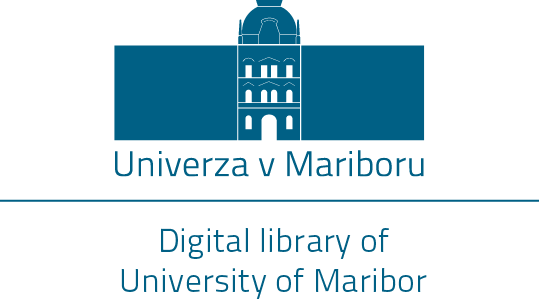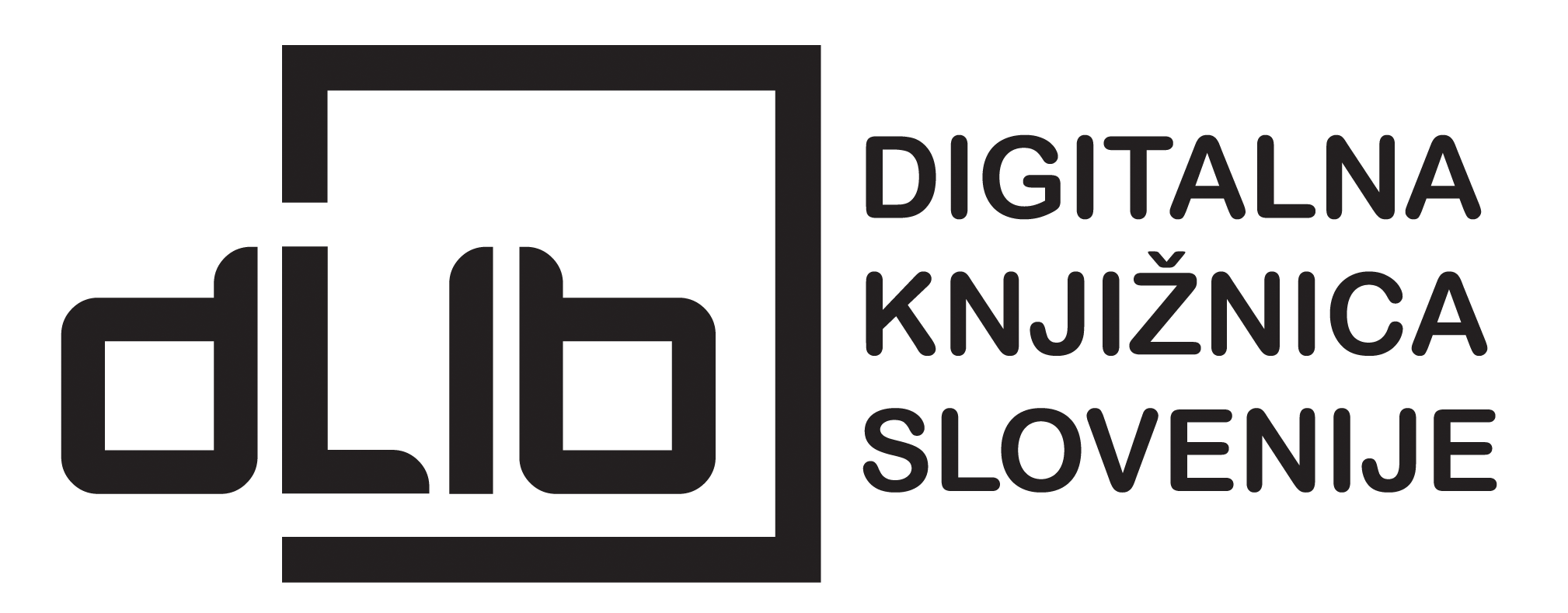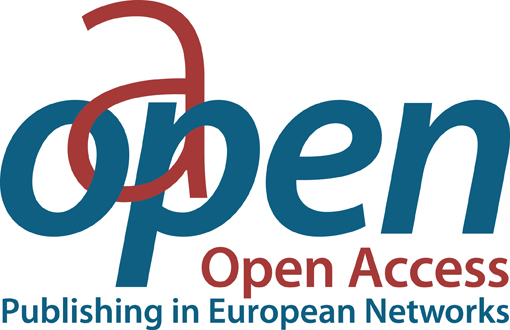AI and ESG-Driven Green Innovation in the Middle East: Overcoming Barriers to Sustainable Technology Adoption
Synopsis
Purpose: This paper aims to explore how Artificial Intelligence (AI) can enhance synergy between green innovation, sustainable business practices, and key Sustainable Development Goals (SDGs). The study focuses on the Middle East, examining AI’s role in accelerating ESG-driven green innovation, identifying barriers to sustainable technology adoption, and proposing strategies to overcome these challenges. Methodology: An exploratory research design is employed to gather data from diverse sources. Thematic analysis is used to identify recurring challenges, enablers, and best practices in the implementation of AI in green innovation. Findings: The study confirms that integrating AI within ESG frameworks significantly boosts the development of green innovations. It also highlights the importance of supportive regulatory environments and targeted training programs in enabling AI technologies to advance sustainability goals effectively. Research Limitations: The study notes a lack of in-depth analysis regarding socio-economic and cultural factors influencing technology adoption in the Middle East, which could limit broader generalizations. Implications: Findings provide valuable insights for policymakers, researchers, and industry leaders aiming to develop effective, context-specific strategies to overcome barriers in sustainable technology adoption and foster AI-driven green innovation.
Downloads
Pages
Published
Categories
License

This work is licensed under a Creative Commons Attribution-ShareAlike 4.0 International License.






